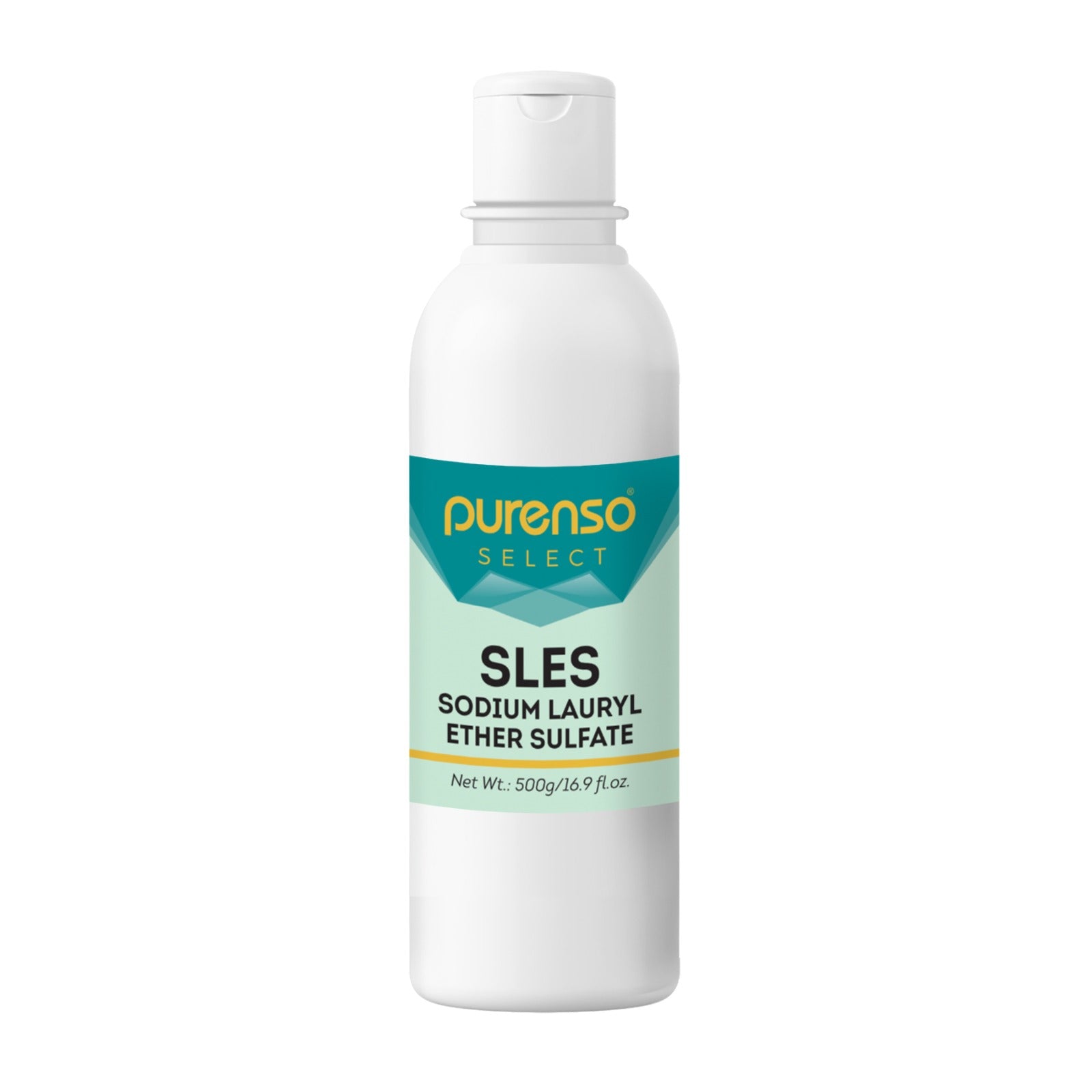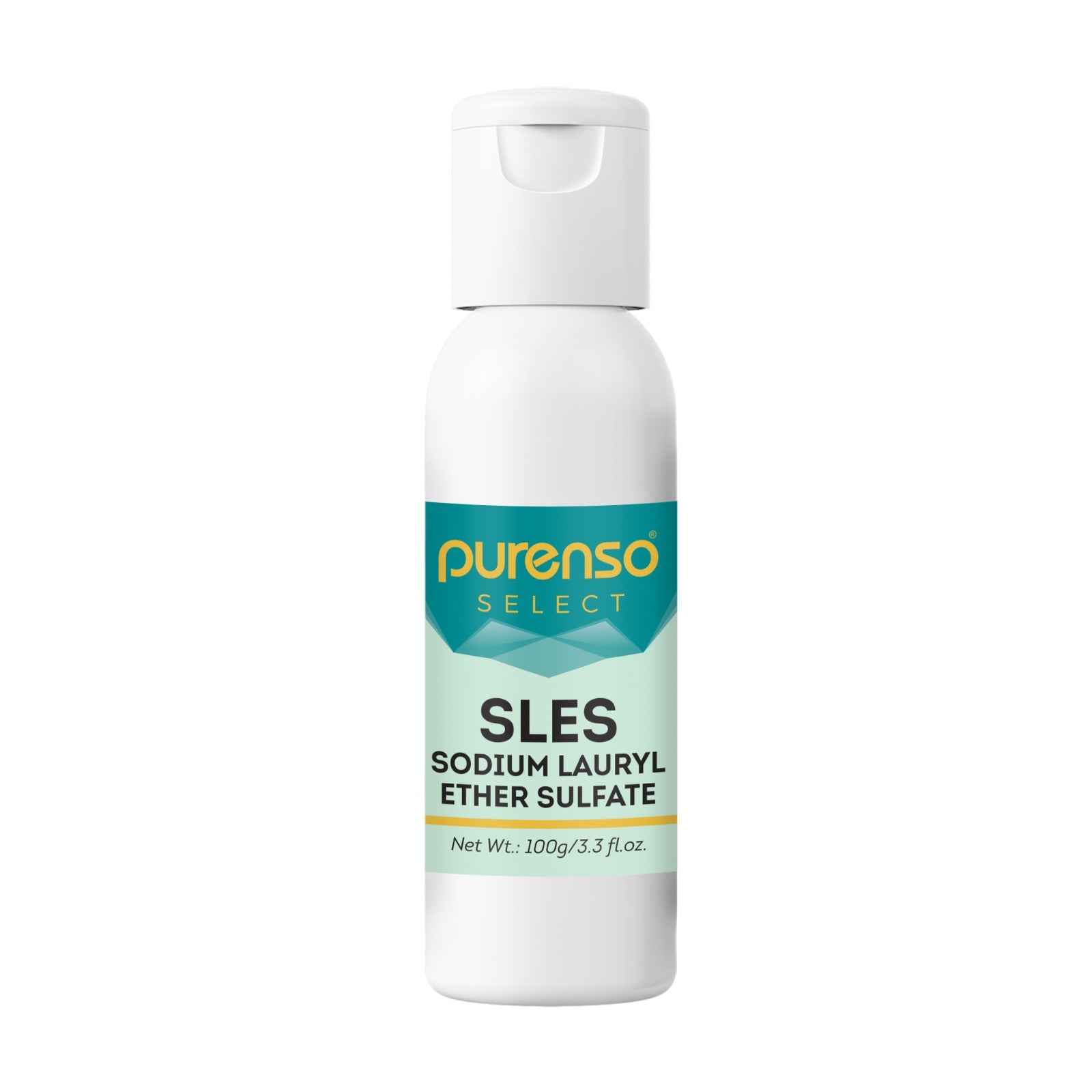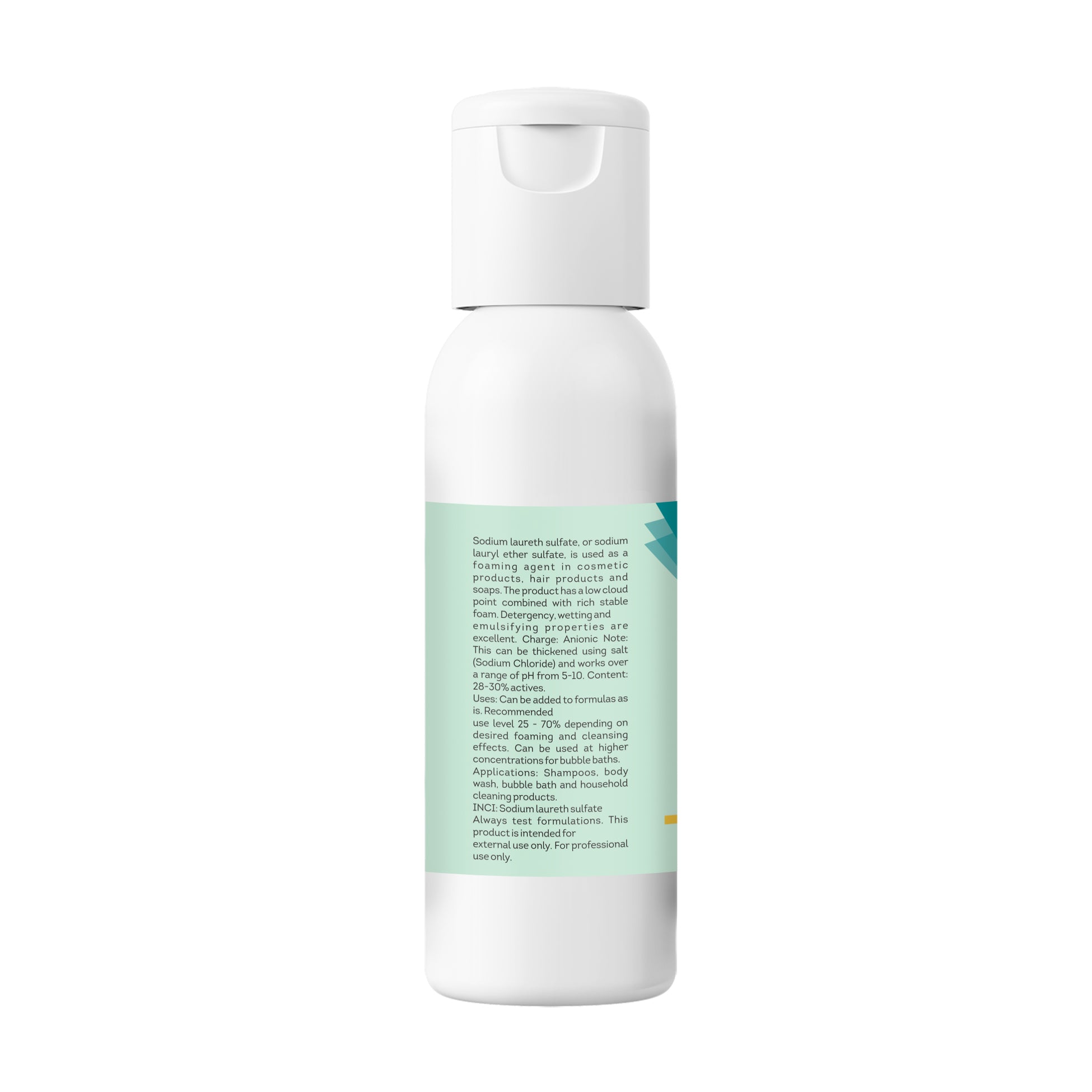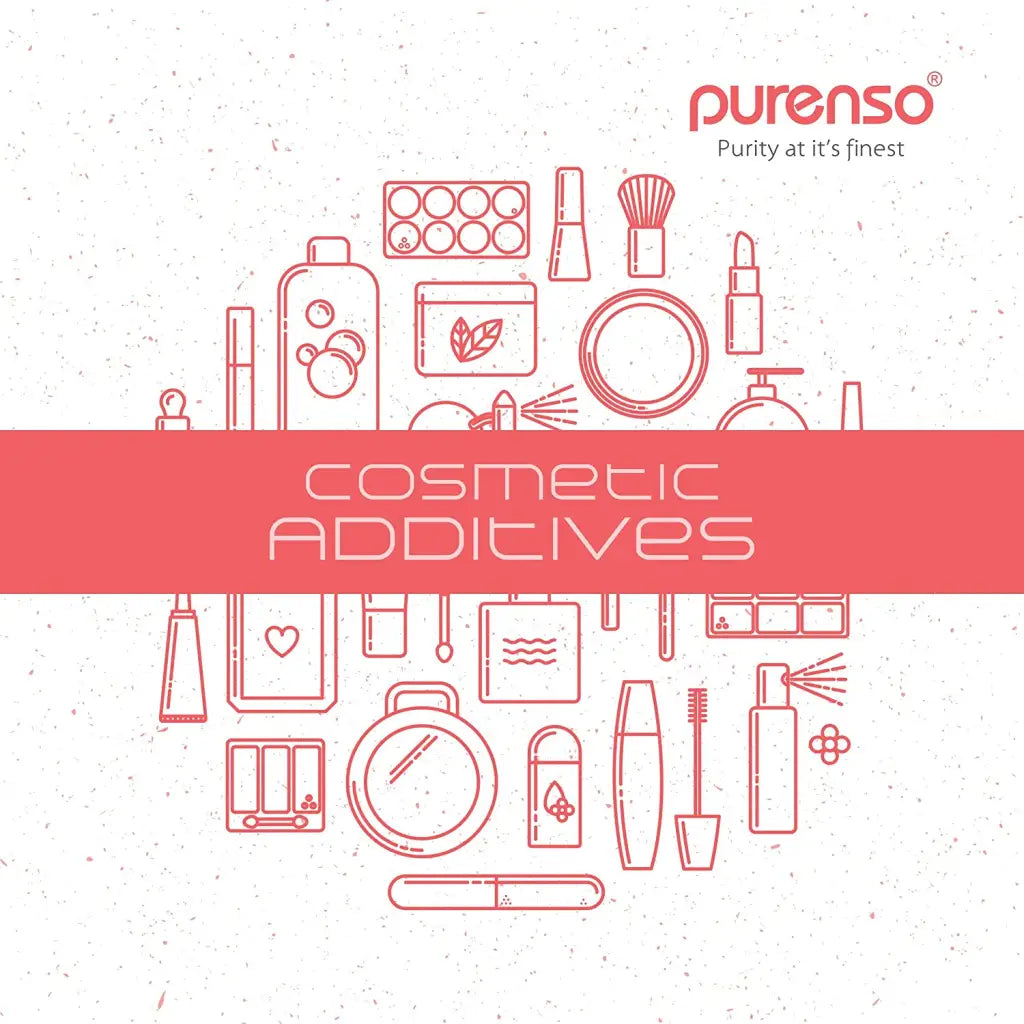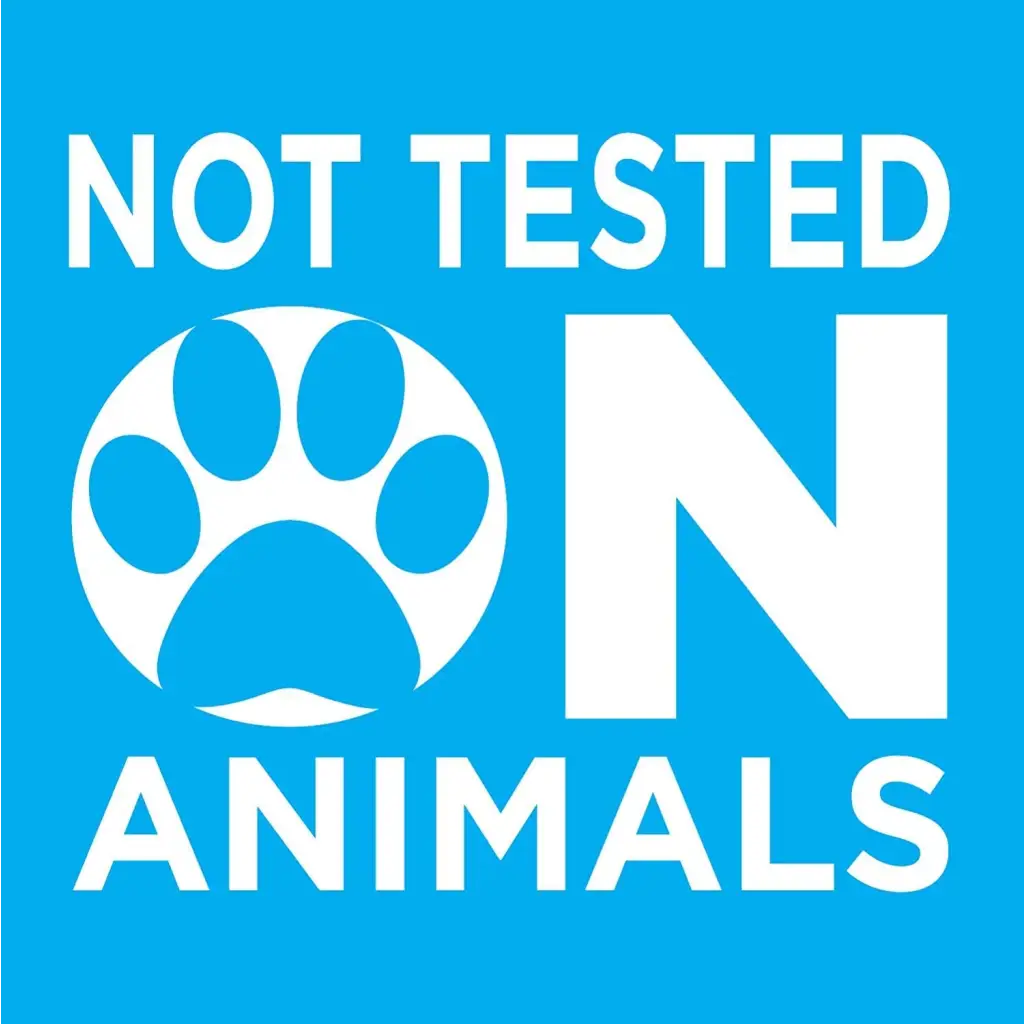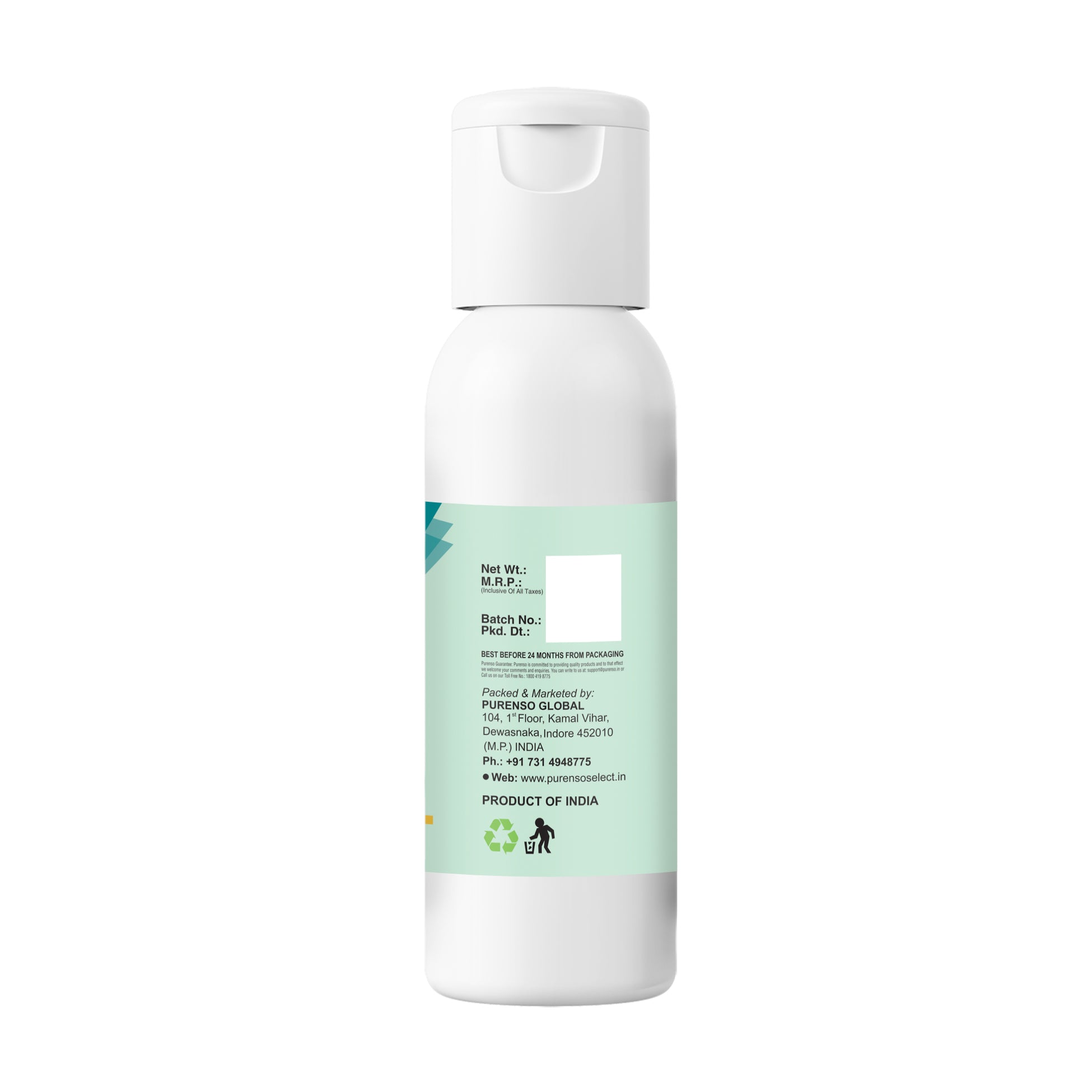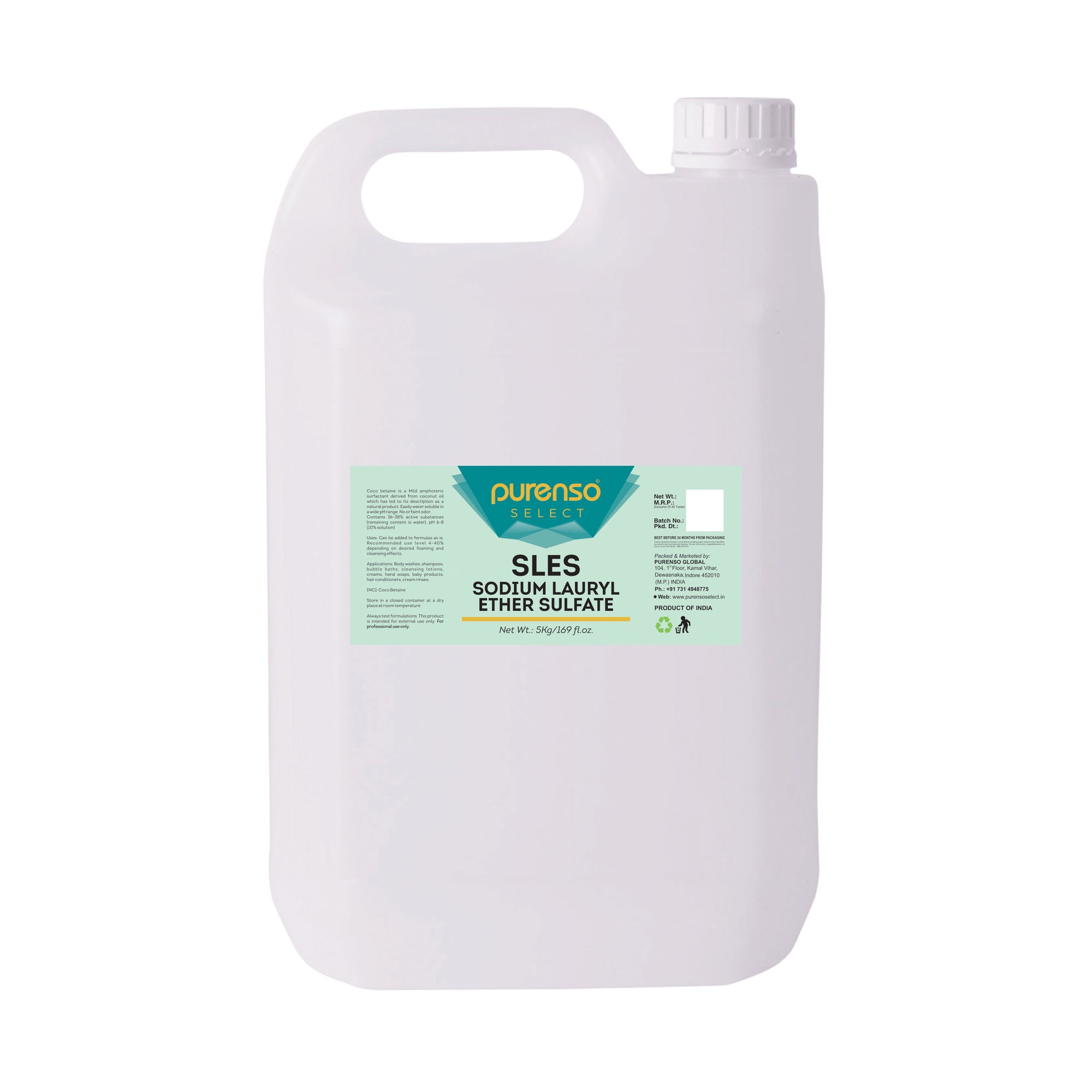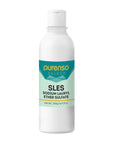
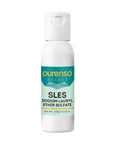

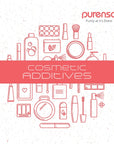
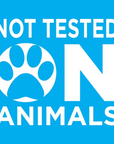
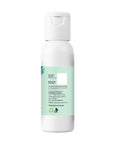
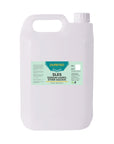
Sodium Lauryl Ether Sulphate (SLES) Liquid
| Description |
Sodium Laureth Sulfate (sodium lauryl ether sulfate/SLeS) is an anionic surfactant made from coconuts. It should not be confused with Sodium Lauryl Sulfate (SLS)—SLeS is much milder. The product has a low cloud point combined with rich stable foam. Detergency, wetting and emulsifying properties are excellent. |
| INCI | Sodium Laureth Sulfate |
| Appearance | Clear, viscous liquid - it is available at different concentrations and more concentrated versions are thicker. |
| Usage rate | Can be added to formulas as is. Recommended use level 25% - 70% depending on desired foaming and cleansing effects. Can be used at higher concentrations for bubble baths. |
| Applications | Shampoos, body wash, bubble bath and household cleaning products |
| Texture | Slippery, detergenty |
| Scent | Characteristically detergenty |
| pH | 7.5 (10% solution) |
| Charge | Anionic |
| Solubility | Water |
| Why do we use it in formulations? | Sodium Laureth Sulfate (SLeS) is an excellent lathering surfactant and is a great choice for a primary surfactant in any kind of foaming/cleansing product. It is also a fairly decent solubilizer. |
| Refined or unrefined? | Sodium Laureth Sulfate (SLeS) only exists as a refined product. |
| Strengths | Fantastic lather, great cleansing |
| Weaknesses | It is still a sulfate, which some people prefer to avoid due to possible irritation or colour-treated hair. It also tends to get confused with SLS, which isn’t really a weakness of the product itself. |
| Tips, Tricks, and Quirks | There is quite a lot of misinformation about the safety of SLeS. I recommend giving this a read. Neither SLS or SLeS are carcinogens. |
| Note | This can be thickened using salt (Sodium Chloride) and works over a range of pH from 5-10. For external use only. |
![]()
![]()
![]()
This product is a cosmetic raw material and is intended for external use only in cosmetic and personal care formulations. It is not intended for internal consumption or medicinal use.
- Do not ingest.
- Keep out of reach of children.
- Avoid direct contact with eyes.
All product images are for illustrative purposes only. Actual product color, texture, or packaging may vary from batch to batch.
Information provided on this website is for educational purposes only and should not be considered or interpreted as medical advice.
While we do not offer products for internal use, we source only high-quality, pharmaceutical or food-grade ingredients. Ingredient purity and performance are critical in cosmetic applications, just as they are in ingestible products.
Please note:
Just because two products have the same name or CAS number does not guarantee the same grade, purity, or effectiveness. Always choose trusted suppliers. Choose Purenso for premium-grade ingredients you can rely on.
FREQUENTLY ASKED QUESTIONS

